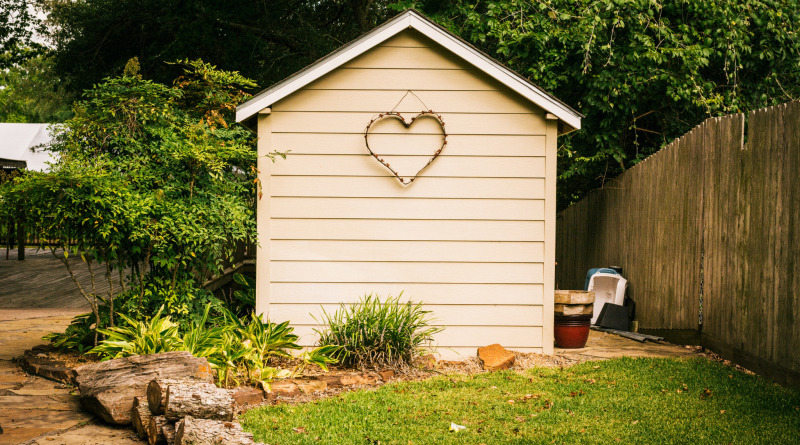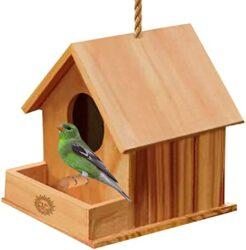Why Do Birch Trees Have Black Streaks on Their Trunk? Birch trees are part of the Betulaceae family. In addition, they’re members of the Betula genus. Based on research, birch trees have a life span of 20-150 years.
There are various aspects that determine the longevity of birch trees.
insect damage, diseases, type of species, shallow root systems, lack of enough sunlight, and drought. The most common types of birch trees include Betula Nana, Betula Fontinalis, Betula Populifolia, Betula Alleghaniensis, Betula Lenta, Bentula Pendula, and Betula Papyrifera. Birch trees are monoecious. They’ve both female and male flowers on the same plant. The main type of pollination that occurs in birch trees is wind pollination.
WHY DO BIRCH TREES HAVE BLACK STREAKS ON THEIR TRUNK?
The main objective of the black streaks on birch trees is to facilitate the exchange of gasses between their internal tissues and the atmosphere. The scientific name for black streaks on birch trees is lenticels. Lenticels play a significant role in promoting the exchange of oxygen, water vapor, and carbon dioxide. The growth of birch trees is directly proportional to the size of lenticels.
BIRCH LEAF BLIGHT
This disease is caused by Gloeosporium Betularum, Cylindrosporella Microsperma, and the fungi Gnomonia Cetacea. This disease is characterized by brown or black spots. Some of the affected leaves have a yellow halo. Shedding of leaves is the most common sign of birch leaf blight. If you detect birch leaf blight, apply the right fertilizer or fungicide to prevent the damage from escalating. Dispose of the affected leaves to minimize the risk of transmitting the disease to other birch trees, especially during the rainy season.
HOW TO MAINTAIN BIRCH TREES
There are numerous tips that’ll boost the health of birch trees. Below are the key tips on how to maintain birch trees:
1. Mulching
Mulching your birch trees plays a vital role in boosting nutrients in the soil, maintaining even temperatures, and reducing the rate of evaporation. Based on research, there are various benefits of mulching: it improves soil structure, reduces competition from other trees, and conserves soil water. In addition, during lawn mowing, mulches protect your birch trees from damage. Organic mulches are ideal when it comes to birch trees because they decompose and release essential nutrients into the soil.
2. Watering
Water is an essential compound that boosts the health of your birch trees. During a drought, ensure you water your birch trees at least once per week. Before you water your birch trees, opt for mulching. This is essential because it prevents evaporation of water, hence retaining more soil water. When winter is approaching, reduce the rate of watering to allow the winterization process.
3. Fertilization
Before you apply any type of fertilizer, perform a soil test. According to experts, fertilization is necessary when there are insufficient nutrients in the soil. The main objective of fertilization is to catalyze the growth of your birch trees. In addition, fertilizing will correct soil nutrient deficiency. Fertilizers should only be applied during the spring season.
4. Pruning
Pruning can boost the health of your birch trees. Avoid excessive Pruning because it increases light penetration, hence lowering soil moisture. There are other benefits of pruning birch trees:
- Avoid transmission of birch leaf blight
- Eliminate pests
- Boost the growth of birch trees
Conclusion
Birch trees play a major role in improving the aesthetic value of your landscape. This is because birch trees can be silver, white, grey, or white.

